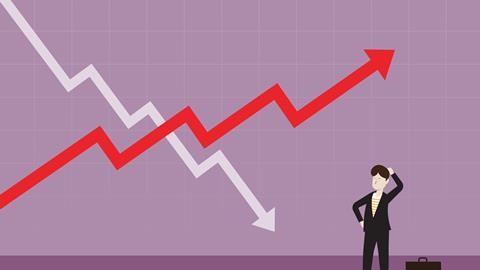Stephen Kennedy, director of insurance pricing at Pearson Ham, provides his estimations as to the direction of travel for general insurance pricing next year
Pricing within the UK general insurance (GI) market over the past few years has been turbulent to say the least - and the sector does not look set to stabilise anytime soon.
Covid-19 put an abrupt end to the early signs of price inflation observed at the start of 2020. Insurer price cuts throughout 2020 and 2021 were stopped in their tracks by regulatory changes following the FCA’s investigation into dual pricing.
Sharp price increases at the start of 2022 were followed by a raft of lower priced propositions flooding the market, keeping the most competitive rates low.

Most recently, supply chain disruption, labour shortages, the lack of raw materials and increasing food, fuel and energy prices have all combined to dramatically push up claims inflation – this has had a knock-on effect on premiums.
Following the ban on dual pricing, fully effective from January 2022, most insurance customers received more attractive renewal prices, driving a peak in retention rates.
Consequently, new business quote demand has dropped around 20%, which will impact firms’ expected growth plans. This is likely to play a part in pricing strategies for 2023, particularly for providers with a focus on increasing their book size.
Quote demand, however, appears to have returned to the market in recent months. Despite this, conversion rates remain low as premium inflation continues to affect both renewal and new business pricing. Another driver here is the fact that the most competitive products do not offer the same level of cover as they may previously have done.
New year expectations
In 2023, customers will experience greater year-on-year price changes. Following the regulatory pricing change and without the same level of indexing to last year’s price, more customers are likely to shop around – especially considering cost of living challenges.
Price remains a key driver of choice for consumers. Price comparison websites (PCWs) have invested heavily in educating consumers to shop around at renewal and this is likely to continue. Although prices quoted for new business customers may not be as competitive as they once were, PCWs are likely to do all they can to improve conversion rates, using promotions and other incentives.
Product innovation is also expected to continue in 2023, as providers explore ways to keep prices lower for consumers. This includes economy tiers and online only offers.
We have observed premium inflation in car insurance over the past few months and this will likely continue well into 2023. Home insurance prices will follow. Both sectors have experienced claims inflation challenges and although competition remains tough, an increase in new business quote demand is likely to facilitate price rises.
In H2 2023, premiums should have caught up with inflation and we expect conversion challenges to drive price cuts. Competition is likely to intensify towards year-end, with an eye on volume targets. The extent of this trend is currently unclear, but it may cancel out much of the premium inflation expected in 2023’s H1.

Hosted by comedian and actor Tom Allen, 34 Gold, 23 Silver and 22 Bronze awards were handed out across an amazing 34 categories recognising brilliance and innovation right across the breadth of UK general insurance.




















































